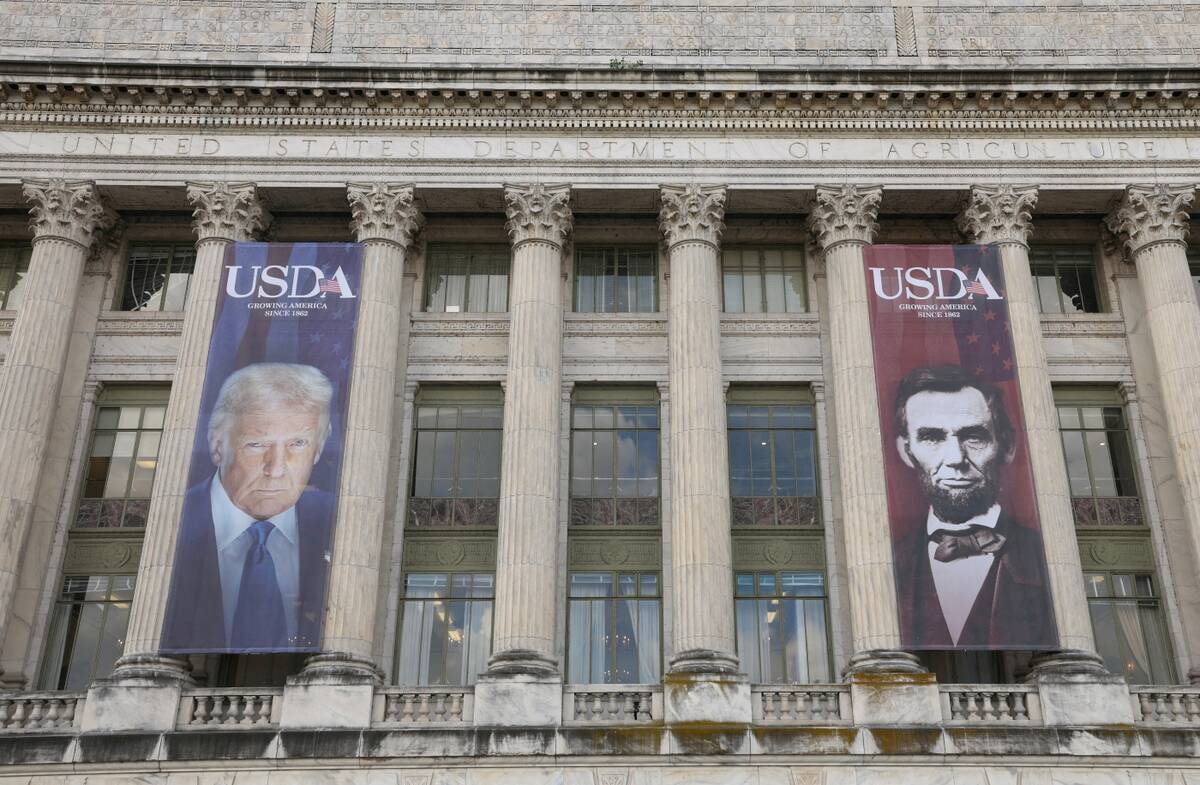Compared to last week, western Canadian yearling markets traded $5 to as much as $10 higher. Replacements in the 650- to 800-lb. category were up $6-$12; calves under 650 lbs. were relatively unchanged although volumes were limited. Lightweight calves were hard to come by last week. Weather may have been a factor.
Many factors contributed to the strength: the Canadian dollar has weakened; fed cattle prices continue to percolate higher in the spot market; feed grain prices have softened. Finishing feedlots were aggressive on lower-flesh yearlings, which traded at a premium. Once again, larger operations were shying away from high-maintenance replacements. Adverse weather was prevalent in southern Alberta and certain regions of the Prairies. This caused feedlot operators to focus on local cattle. Those buyers shopping for grassers stepped up for the heavier calves as supplies of lightweight bawlers were limited. The foothills region of Alberta has received adequate moisture for pasture development. A larger portion of eastern Alberta and Saskatchewan has received less than 40 per cent of normal precipitation over the past 60 days.
Read Also

Farmers, traders ‘flying blind’ as U.S. shutdown blocks key crop data
U.S. data vital to global grain and soybean trading has gone dark during the country’s federal government shutdown, leaving commodity traders and farmers without crop production estimates, export sales data and market reports during the peak of the autumn harvest.
In the Red Deer region, larger-frame Simmental-blended lower flesh steers on light grain diet with full health records averaging 882 lbs. traded for $252; similar genetic and quality 800-lb. steers reached up to $262. In east-central Saskatchewan, lower-flesh medium- to larger-frame tan steers weighing 860 lbs. traded for $268 and Simmental-based heifers carrying light butter weighing just over 800 lbs. sold for $233. Fleshier cattle were quoted $10-$15 below values listed above. Backgrounders need to control the weight gains because the market is not kind to those pushing cattle too hard.
Northwest of Winnipeg, Limousin-based steers with medium flesh weighing just over 700 lbs. were quoted at $270. At the same sale, black steers weighing 670 lbs. reached up to $301 and 690-lb. heifers with Charolais genetics notched the board at $250.
In Lloydminster, a smaller group of larger-frame tan steers weighing 665 lbs. silenced the crowd at $322. In the Lethbridge region, light-flesh red Angus-based steers weighing 671 lbs. dropped the gavel at $310 and larger-frame smoky heifers averaging 700 lbs. were valued at $265.
East of Saskatoon, mixed steers weighing a shade over 500 lbs. charted course at $351; in central Alberta, a small group of mixed steers weighing 490 lbs. were quoted at $337 and 485-lb. mixed heifers apparently sold for $290.
The feeder market is functioning to encourage production and ration demand. Heifer retention is expected in the U.S. this spring and summer. In Canada, we haven’t seen herd rebuilding after the 2021 drought but there appear to be fewer heifers coming on the market this winter.
— Jerry Klassen is president and founder of Resilient Capital, specializing in proprietary commodity futures trading and market analysis. Jerry consults with feedlots on risk management and writes a weekly cattle market commentary. He can be reached at 204-504-8339 or via his website at ResilCapital.com.
















